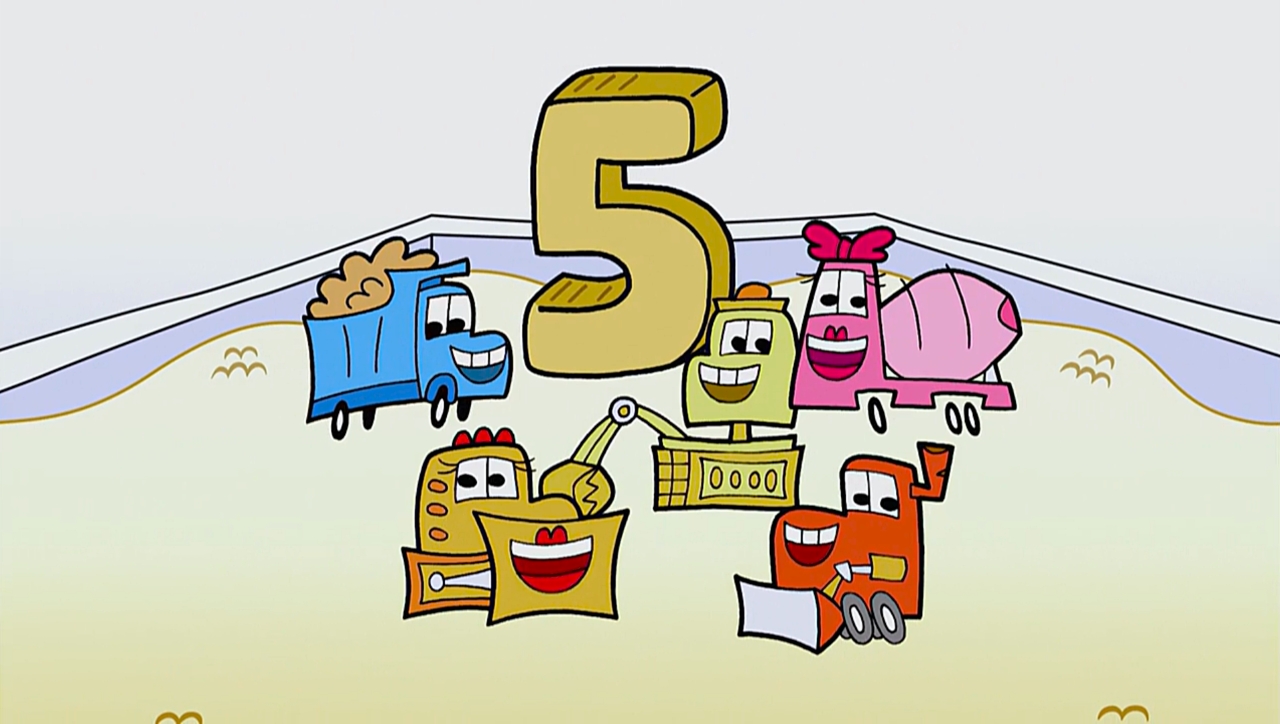

The Pschyrembel entry was removed in 1996 but, after reader protests, was restored the next year, with an extended section on the role of the stone louse in the fall of the Berlin Wall.įictitious entries on maps may be called phantom settlements, trap streets, paper towns, cartographer's follies, or other names. The scientific name Petrophaga lorioti implies its origin: a creation of the German humorist Loriot. The German-language medical encyclopedia Pschyrembel Klinisches Wörterbuch features an entry on the Steinlaus ( stone louse), a rock-eating animal, originally included as a copyright trap.The article claims Dayton experimented “with odor-emitting gases that resemble pungent body odors." His supposed work, known as "Aroma-Art", is presented in a sealed chamber where an audience inhales scented air. In addition to the 1975 New Columbia Encyclopedia's entry on Lillian Virginia Mountweazel, the editors created another fictitious entry on the blind American artist, Robert Dayton.The fake tip, which purported to make a rabbit appear on the computer screen when certain keys were pressed, did indeed appear in other books shortly after Pogue published it. David Pogue, author of several books offering tips and tricks for computer users, deliberately placed a bogus tip in one of his books as a way of catching competing writers who were re-publishing information from his works without permission.It was intended as a copyright trap, as the text of the book was distributed electronically and thus very easy to copy. This later was determined to be the word " esquivalience", defined as "the wilful avoidance of one's official responsibilities", which had been added to the edition published in 2001. In August 2005, The New Oxford American Dictionary gained media coverage when it was leaked that the second edition contained at least one fictional entry.Reference works įictitious entries in reference publications often occur in an attempt to catch plagiarism, such as: Among other activities he is reported to have contributed to a major symposium on the equally fictitious stone louse in Frankfurt. Most listings of the members of the German parliament feature the fictitious politician Jakob Maria Mierscheid, allegedly a member of the parliament since 1979. Rural, Fred Worth lawsuit or Nester's Map & Guide Corp.

Similarly, trap streets may be included in a map, or invented phone numbers in a telephone directory.įictitious entries may be used to demonstrate copying, but to prove legal infringement, the material must also be shown to be eligible for copyright (see Feist v.

An admission of this motive appears in the preface to Chambers' 1964 mathematical tables: "those that are known to exist form an uncomfortable trap for any would-be plagiarist". Copyright traps īy including a trivial piece of false information in a larger work, it is easier to demonstrate subsequent plagiarism if the fictitious entry is copied along with other material. The term nihilartikel, combining the Latin nihil ("nothing") and German Artikel ("article"), is sometimes used. The surname came to be associated with all such fictitious entries. According to the encyclopedia's editor, it is a tradition for encyclopedias to put a fake entry to trap competitors for plagiarism. Allegedly, she is widely known for her photo-essays of unusual subject matter, including New York City buses, the cemeteries of Paris, and rural American mailboxes. This involved the fountain designer turned photographer, Lillian Virginia Mountweazel, who died in an explosion while on assignment for Combustibles magazine. The neologism Mountweazel was coined by The New Yorker writer Henry Alford in an article that mentioned a fictitious biographical entry placed as a copyright trap in the 1975 New Columbia Encyclopedia.


 0 kommentar(er)
0 kommentar(er)
